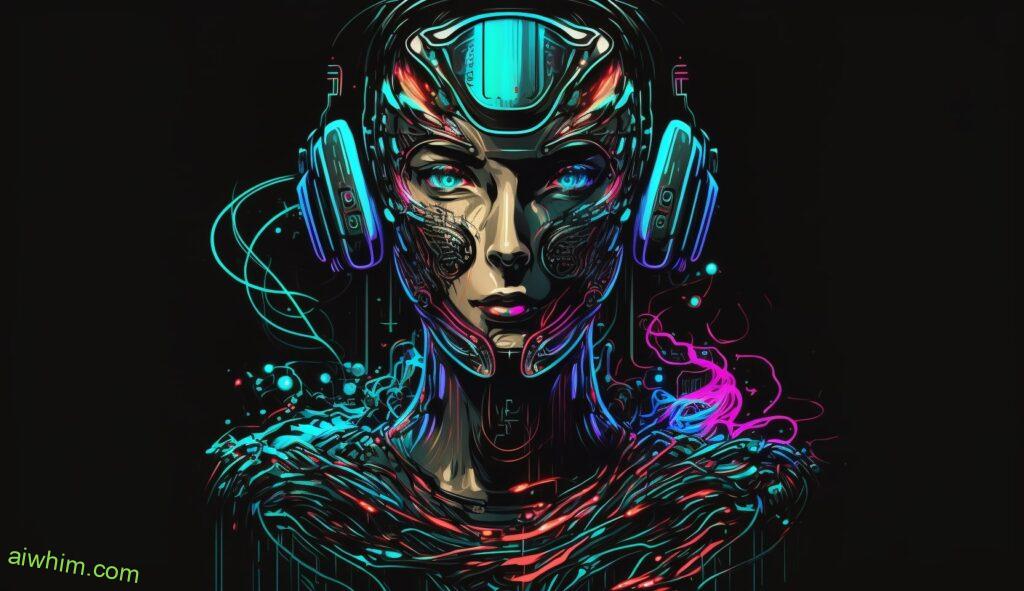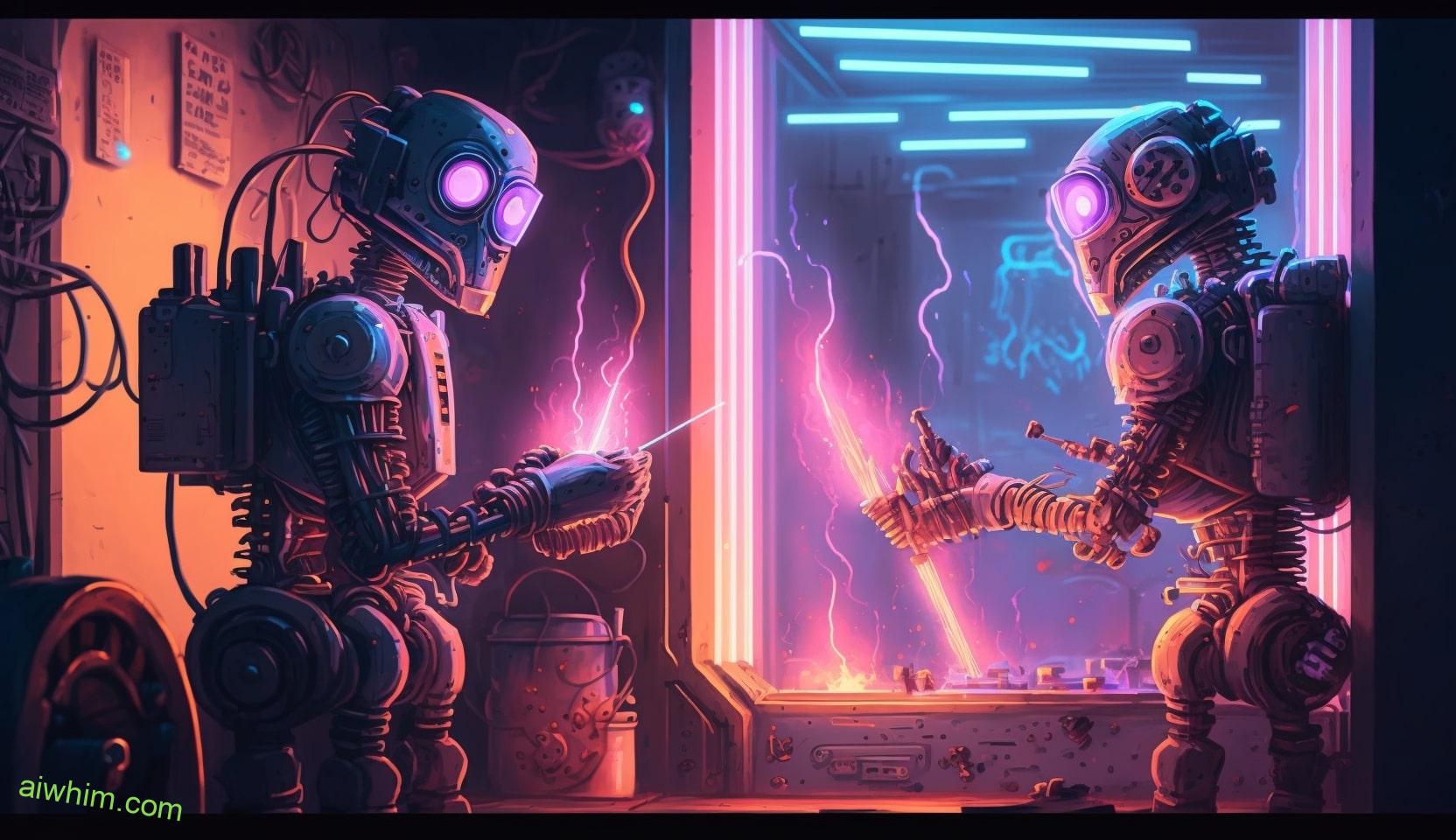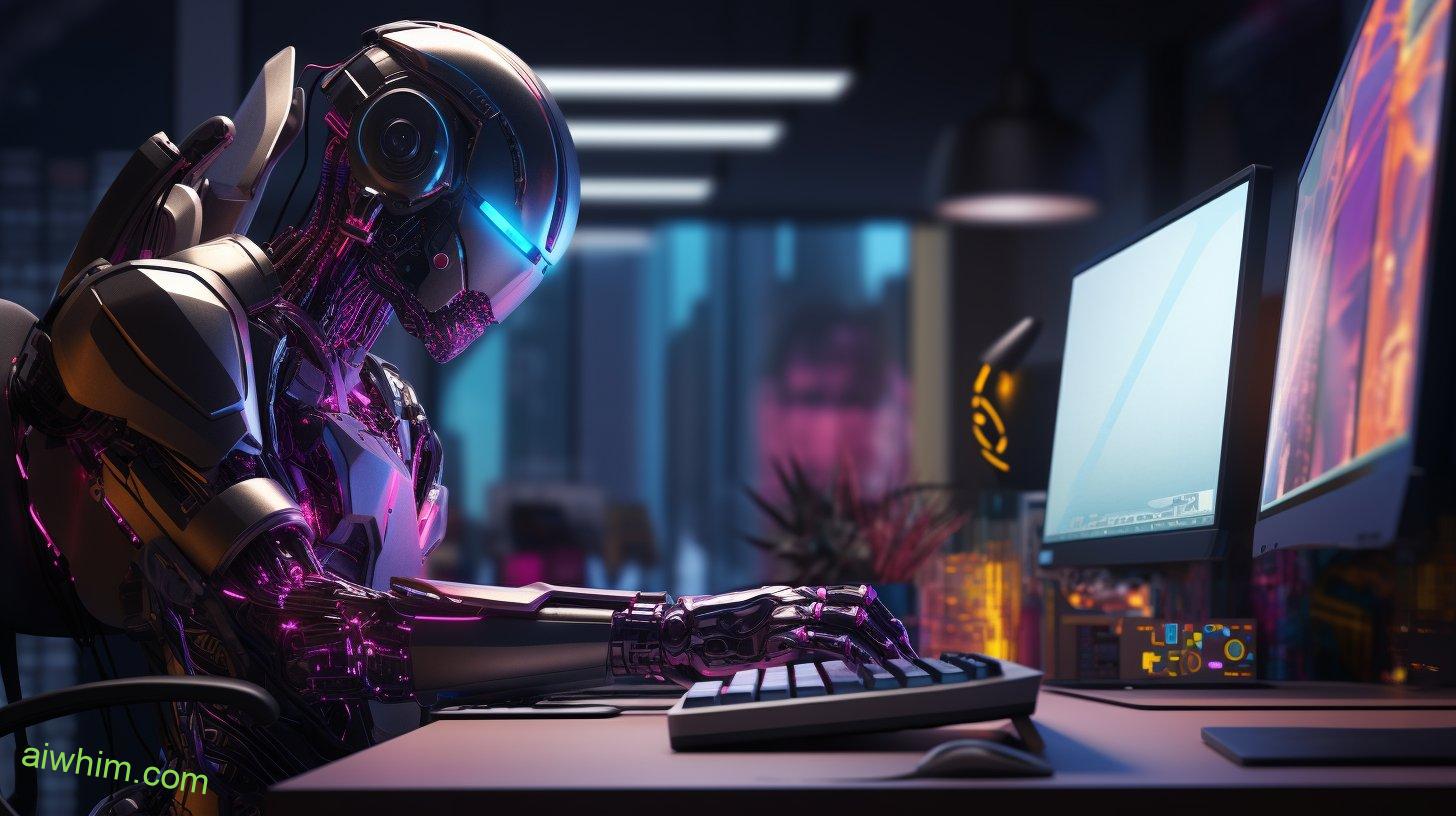The idea of a robot replacing workers is no longer the stuff of science fiction. Automation and artificial intelligence (AI) are increasingly being used to carry out tasks that would normally be done by humans, especially customer service jobs. Chatbots have rapidly become one of the most popular forms of automated technology for businesses, but could they replace receptionists? In this article we explore whether there is a risk your job as a receptionist will be replaced by a chatbot anytime soon.
It’s understandable why some people may feel anxious about their job security in an age where automation is becoming more commonplace, and where new and powerful language models, such as ChatGPT, are gaining traction. After all, it can seem like machines can do anything these days! But before you start worrying too much, let’s look at how chatbots work and what makes them different from human employees like receptionists.
Receptionists provide personalised services while also providing important administrative functions such as booking appointments or taking messages. On the other hand, chatbots are programmed with specific answers which means they cannot offer customised solutions to customers’ problems; instead they rely on pre-programmed responses which might not always be appropriate. So although chatbots may appear to be able to do many things, there are still aspects of the role of a receptionist that only humans can fulfil – for now anyway!
But before we start, find out if receptionists are on the list of 100 occupations most likely to be taken over by AI. Click to see our study.

Definition Of A Chatbot
A chatbot is a computer program or an artificial intelligence technology that can simulate conversations with humans. It’s designed to respond in real-time and provide accurate information for users. This type of technology has become increasingly popular as it allows companies to automate customer service inquiries and other tasks.
Chatbots are programmed using natural language processing, allowing them to understand requests from customers and answer their questions without the need for human intervention. They also use machine learning algorithms to improve over time, becoming more efficient in responding accurately based on data collected from interactions with customers. By leveraging this technology, businesses can save costs associated with customer service representatives while still providing quality services.

Overview Of Receptionist Roles
The concept of a chatbot is gaining traction, but what does it mean for those with receptionist roles? As automation and artificial intelligence progress, many wonder if the traditional front desk duties may soon be replaced by machines. Could customer service support and other administrative tasks now be done by robots?
In truth, there are some aspects of reception that can’t easily be replicated by a machine. A receptionist’s most important asset is their communication skills – being able to accurately understand people’s needs and providing timely and friendly responses. This requires an emotional connection which no robot could ever match. Additionally, a human also has the ability to use common sense when dealing with challenging situations or requests – something that AI technology isn’t yet capable of doing.
Therefore, while it’s possible that certain elements of a reception job might one day become automated, the overall role still relies on the presence of a person who is well-versed in both technical knowledge and interpersonal communication. For these reasons, we can confidently say that there is little risk of replacement by a chatbot anytime soon.

Benefits Of Automated Systems
Automated systems offer a range of benefits, such as improved efficiency and cost savings. Automation streamlines processes by removing manual tasks and replacing them with automated ones. This can lead to significant time-savings while also increasing productivity. With fewer manual steps involved in completing tasks, companies benefit from reduced operating costs and increased accuracy of their workflows.
The advantages of automation don’t end there. Companies are able to access valuable data quickly, enabling faster decision making when it comes to customer experience or product development. Automation enables businesses to scale up quickly as well, allowing for more fluid growth without needing to hire additional human resources. By automating mundane tasks that would otherwise take up employee time and energy, businesses gain an edge on the competition through improved resource utilization and cost reduction.
AI And Machine Learning
Moving on from the advantages of automated systems, it is time to explore AI and machine learning. AI technology has been a major driver of automation since its inception in 1956. Machine learning makes use of data by collecting, analyzing and interpreting it, allowing for more efficient operations. Natural language processing (NLP) enables computers to understand human speech with accuracy and speed. This allows for faster communication between humans and machines as well as automated customer service solutions like chatbots.
Artificial intelligence also plays a role in automating processes such as predictive analytics which can be used to identify patterns quickly and accurately. With these advancements, businesses are able to reduce costs while gaining greater efficiency from their operations.
Therefore, it is possible that receptionist jobs could be replaced by chatbots utilizing AI technology through natural language processing capabilities but there are still other duties that require a human touch such as problem solving or providing emotional support when needed.

Advantages Of Using Chatbots
Recent studies have indicated a 900% increase in the use of chatbots for customer service automation over the past few years. It’s clear that many companies are already taking advantage of this technology to provide automated customer service and faster response times.
Here are five advantages of using chatbot automation:
- Reduced labor costs – Companies can save on hiring, training, and managing human employees by automating their customer service with chatbots.
- Improved customer engagement – Chatbot interactions allow customers to ask questions quickly and receive answers right away without waiting for a live representative.
- Enhanced customer experience – Automated conversations make it easier for users to find what they need, as well as providing personalized advice tailored to each individual’s preferences.
- Increased efficiency – By eliminating manual processes and reducing errors associated with repetitive tasks, businesses can improve their overall efficiency.
- Cost savings – Because there is no need to pay an employee salary or other related costs associated with having a staff member handle customer inquiries, businesses enjoy significant cost savings through the implementation of chats bots.
Using chatbots provides organizations with numerous benefits from improved customer engagement to reduced labor costs, making them an attractive solution for any business looking to streamline its operations and improve its bottom line.

Disadvantages Of Replacing Humans With Bots
Though technology has made many advancements, there are still some drawbacks to replacing human receptionists with chatbots. Human error can be a factor in any job, but bots lack the ability to make complex decisions or navigate difficult conversations that may require an understanding of context and emotion.
Additionally, potential limitations exist in terms of what bots can do: they cannot always understand natural language, so customers’ questions might not get answered accurately.
Furthermore, customer experience could suffer since bots know only what information is programmed into them; they have no capacity for improvisation if something unexpected arises.
Lastly, compatibility issues arise when integrating new software into existing computer systems as sometimes it doesn’t work properly or fails to function at all – resulting in further quality control problems.
Therefore, while chatbots may offer convenience and cost-savings, their use should be approached carefully due to these possible disadvantages.
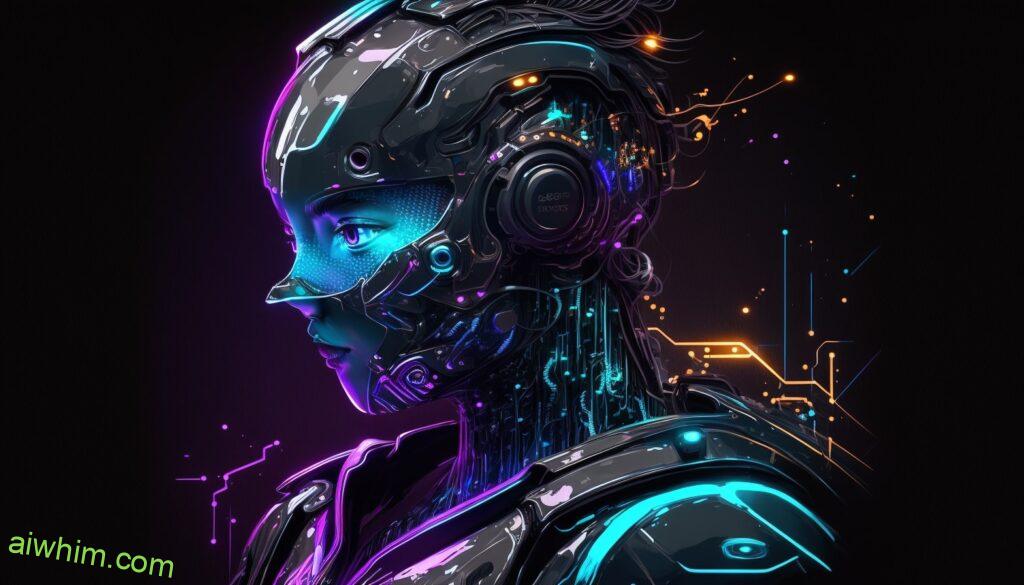
Cost Comparison
Cutting to the chase, there is a clear cost comparison when it comes to replacing receptionists with chatbots. The automated system costs plus ongoing expenses for AI development and machine learning are certainly cheaper than paying someone’s salary as a receptionist. That said, these expenses can quickly add up depending on the complexity of the project.
Overall, while it might be tempting to replace an employee with a robot or AI-based solution due to potential savings in labor costs, businesses must weigh all the pros and cons before making such a drastic decision. There may be hidden costs associated with implementing automation which could offset any immediate financial gains. Additionally, some tasks still require human judgement and oversight that technology cannot match yet.
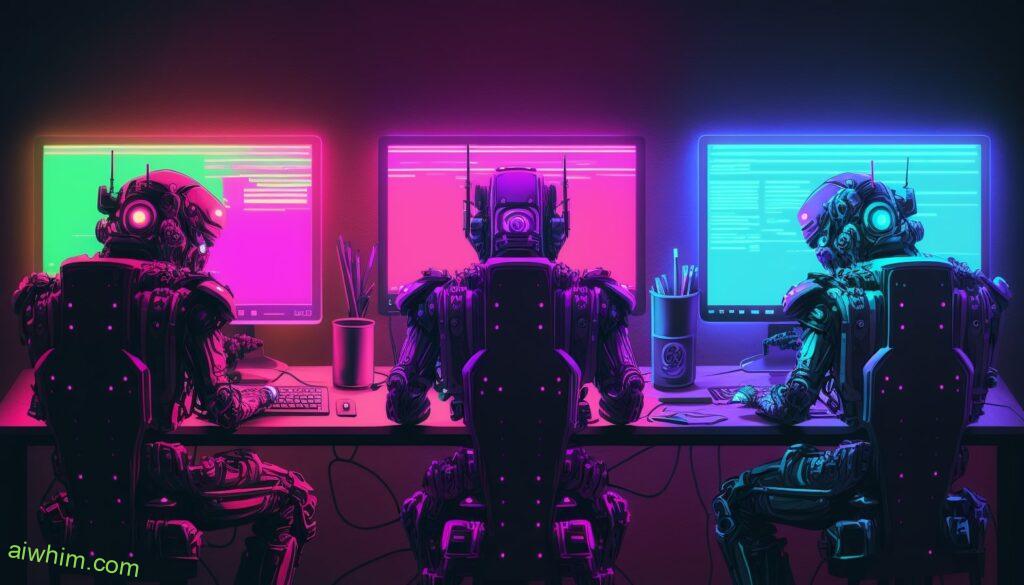
The Future Of Automation
The future of automation is a hot topic in the business world. Automation trends have been steadily increasing over time with the introduction of artificial intelligence, machine learning technology, and digital transformation initiatives. Robotic process automation has also become more commonplace in many industries, providing organizations with cost savings and operational efficiency gains.
It’s not surprising that receptionist jobs are at risk from automation due to their repetitive tasks such as taking messages or booking appointments. As technology advances further, it’s likely that chatbots will be able to replace human receptionists for these duties. Companies may opt for automated solutions instead of hiring humans which can lead to job losses in some cases. That said, there are still aspects of being a receptionist where machines won’t be able to replicate what humans can do – things like providing emotional support or problem-solving when needed.
Overall, while there is potential for chatbots to take over certain roles currently done by people, this doesn’t mean that all receptionist jobs are doomed to disappear forever. Automation helps improve efficiencies but ultimately requires human input and oversight too – something that remains true even today.
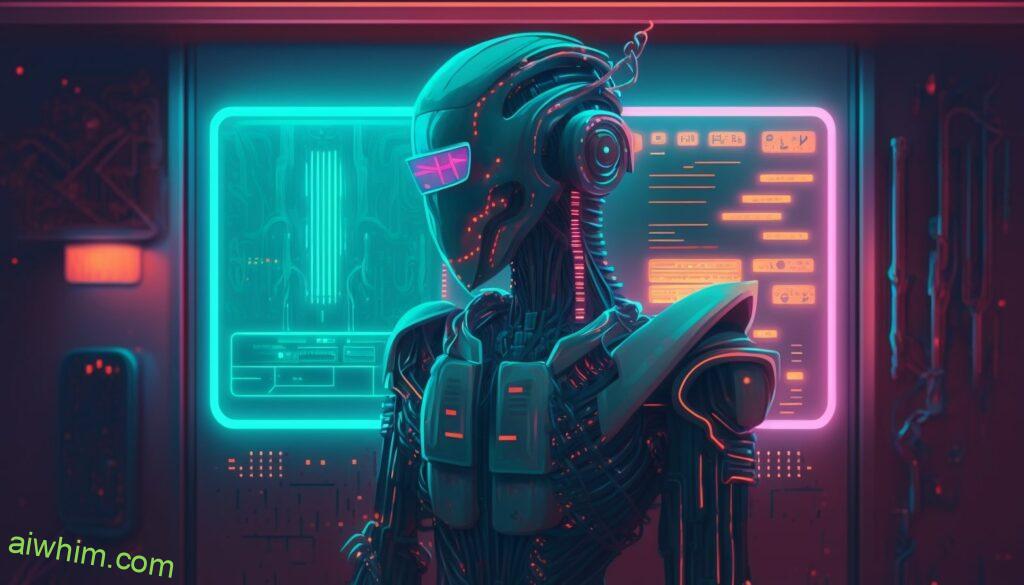
Potential Impact On Unemployment
The possibility that receptionist jobs will be replaced by a chatbot is an alarming thought. It could have far-reaching implications on the labor market, including significant job displacement and increased unemployment rates. Automation has been steadily increasing in recent years, resulting in robot labor replacing human positions across many industries. This trend can be seen especially in customer service roles such as receptionists, which are being taken over by automated systems due to their efficiency and cost-effectiveness.
Although it is difficult to predict the exact impact of this automation revolution on the global economy, it is clear that there will be some disruption caused by robots displacing humans from certain occupations. As technology continues to advance, more jobs may become susceptible to automation and lead to higher levels of unemployment.
In light of these changes, it is essential for individuals affected by potential job losses or displacement to equip themselves with necessary skills and education so they remain competitive in the future labor market.
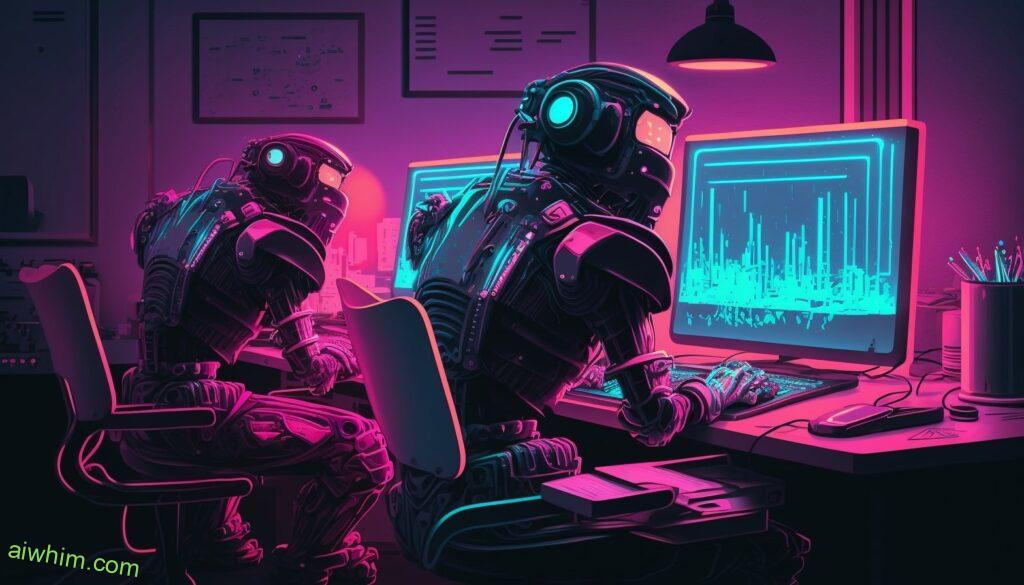
Best Practices For Implementing Chatbots
With the rise of automation technologies and machine learning algorithms, chatbots are proliferating in many industries. It is important to understand best practices for implementing these ai-powered solutions if they are being considered as a replacement for receptionist jobs.
Below is a list of key considerations when looking at chatbot implementation:
- Define clear objectives – What do you want the chatbot to achieve? How will it help customers or employees?
- Understand customer needs – Research what your customers need from the bot so that it can be tailored appropriately.
- Establish processes – Implementing a successful chatbot requires rigorous planning and process design; consider how data will be collected, stored and used securely.
In order to maximize success with this technology, organizations must assess their current resources and capabilities while creating an effective strategy based on their goals. Understanding AI technologies, machine learning algorithms and related best practices can help ensure that any proposed measures will result in positive outcomes.
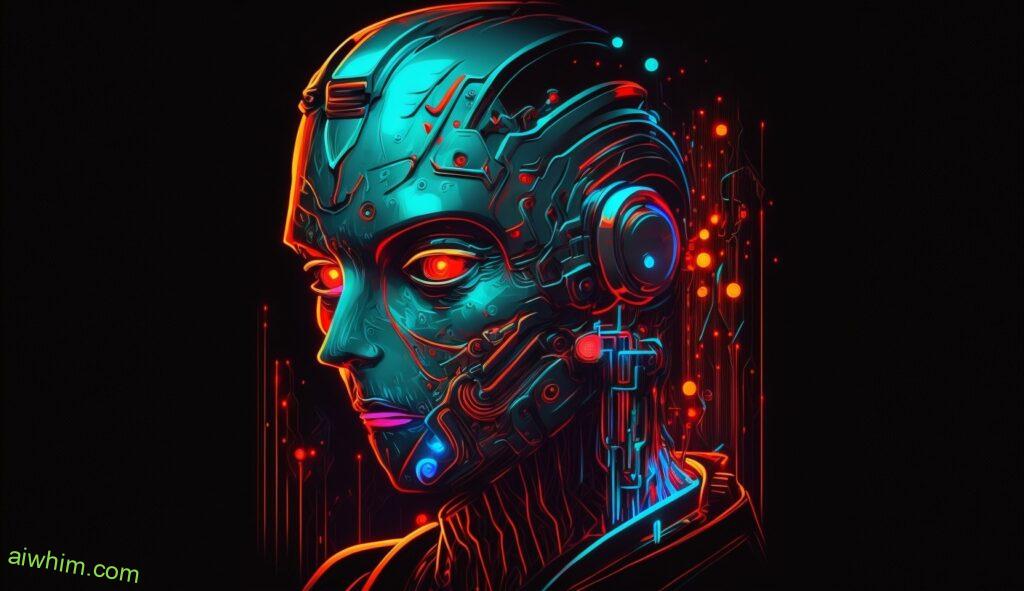
Security And Privacy Concerns
The use of chatbots in the workplace raises significant security and privacy concerns. One of the main security risks is system vulnerabilities that could potentially lead to breaches or unauthorized access to confidential data. Another issue is how companies protect personal information, such as customers’ private details, from being exposed by these automated systems. Additionally, there are concerns over data protection laws and regulations not applying equally to AI-based solutions as they do with human employees.
It’s important for businesses considering implementing a chatbot in their reception area to consider all the potential security and privacy issues before making any decisions. Companies must ensure they have effective measures in place to safeguard customer information and prevent malicious actors from exploiting system weaknesses.
They should also assess whether current processes meet legal requirements regarding data protection, including encryption of sensitive data when necessary.
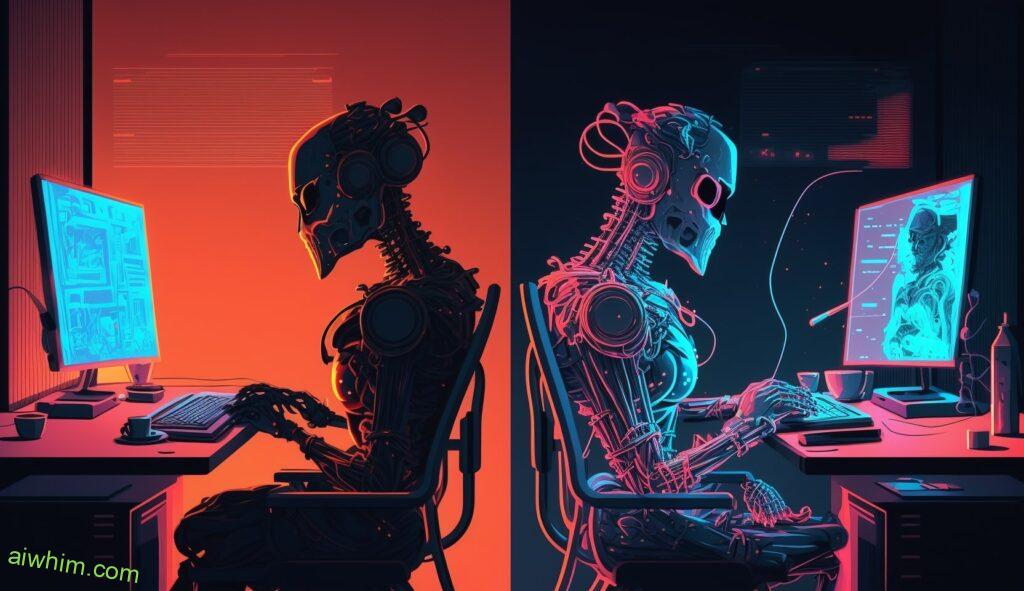
Ethical Considerations
The old adage “with great power comes great responsibility” is particularly relevant in the discussion of ethical considerations concerning chatbots replacing receptionists. As artificial intelligence continues to develop, it’s important to consider the moral implications of using AI for labor-related tasks. It raises questions about labor rights and data privacy that require careful consideration before making a decision.
From an ethical standpoint, it’s essential to think through potential repercussions of introducing automated technologies into workplaces. The cost savings associated with replacing human workers must be weighed against the potential loss of jobs due to automation. Additionally, issues related to data ownership and security should also be considered when assessing the potential risks posed by implementing such technology. Furthermore, there should be rigorous regulations governing how companies use this type of technology so as not to exploit vulnerable populations or compromise user privacy.
It is therefore critical that we approach any decision involving artificial intelligence with thoughtful deliberation and respect for labor laws and individual autonomy. Only then can organizations ensure they are taking responsible steps towards incorporating new technologies without compromising their core values or sacrificing people’s livelihoods in the process.

Regulatory Requirements
Transitioning from the ethical considerations of replacing a receptionist job with a chatbot, there are several regulatory requirements to consider. The primary focus is on regulatory compliance and data protection. Companies must ensure that the chatbot complies with any labor laws in force for their particular jurisdiction, as well as safety standards and privacy regulations.
The use of an automated system such as a chatbot may raise issues related to personal data processing or safeguarding customer information. In addition, organizations should also be aware of laws governing workplace automation and changes in employee working conditions. It is important for companies to conduct research into existing laws and regulations before introducing a chatbot into their business operations.
Organizations should always remember the potential legal implications when considering using a chatbot instead of hiring staff members for certain positions; this includes ensuring they will remain compliant with applicable rules and regulations while still meeting customer needs and expectations.

Industry Solutions For Receptionists
The digital age has brought about many changes, with automation and technology replacing certain roles. Receptionists are no exception – the industry is now rapidly evolving and adapting to the changing needs of businesses. While it’s true that chatbots may replace some receptionist duties, there are still plenty of solutions available for those in this profession.
The following list explores potential solutions:
- Automation:
- Receptionist automation systems allow receptionists to manage their daily tasks more efficiently by using automated processes such as scheduling appointments or providing customer service over email/chat.
- Automated receptionists can also be used to streamline business operations such as data entry, making sure all necessary information is up-to-date at all times.
- Software:
- Receptionist software can help simplify the process of managing visitors, tracking employee attendance and keeping records updated quickly and accurately.
- This type of software often includes features like appointment reminders or real-time updates on visitor arrivals.
These tools provide an invaluable resource for any professional looking to stay ahead in an ever-evolving field. With the right receptionist technology, a person in this role can become even more efficient and productive while continuing to offer quality customer service.
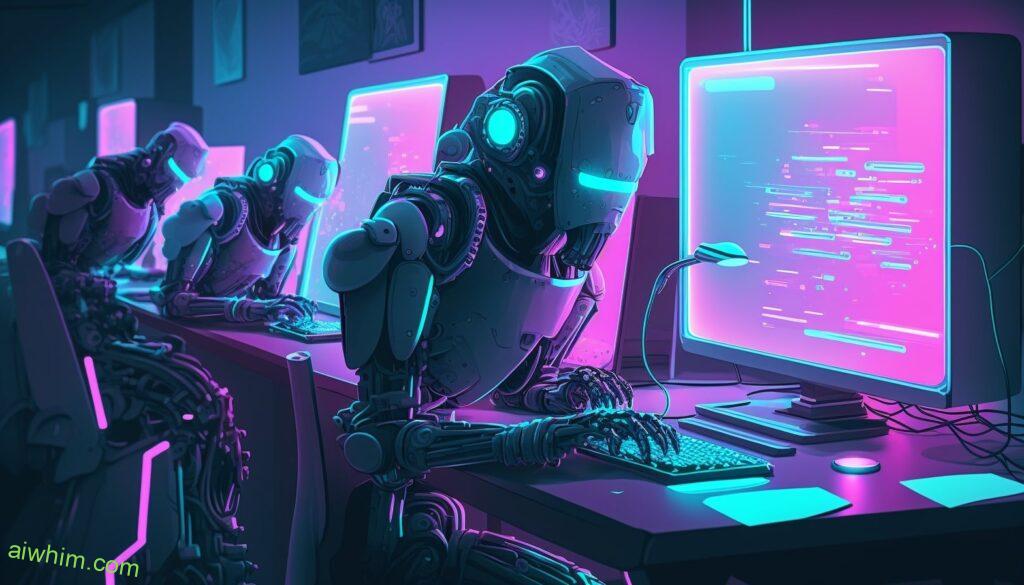
Conclusion
The potential of chatbot automation, AI and machine learning is undeniable. While it may be a while before receptionist jobs become fully replaced by technology, advancements in these areas suggest that the industry as a whole will move towards increased automation. This means that those looking for careers in this field should stay up-to-date on the latest technological trends and take steps to ensure their skills remain relevant and marketable.
It’s also important to note that there are still many aspects of receptionist work which can’t be replicated with current technology. Even if machines eventually do replace some or all of the duties associated with a receptionist job, humans will always have an edge due to our unique abilities to empathize and interact effectively with others.
Consequently, preserving human connection remains paramount when considering how best to utilize new technologies within any given organization!
Author: Ole Paulson
Author Bio: I’m Ole and on this website, I share everything there is to know about Artificial Intelligence, and useful tips for using AI to our advantage. I have a background in data science and research and have been following the AI-space for years. You can read more about me in the “About” page.

